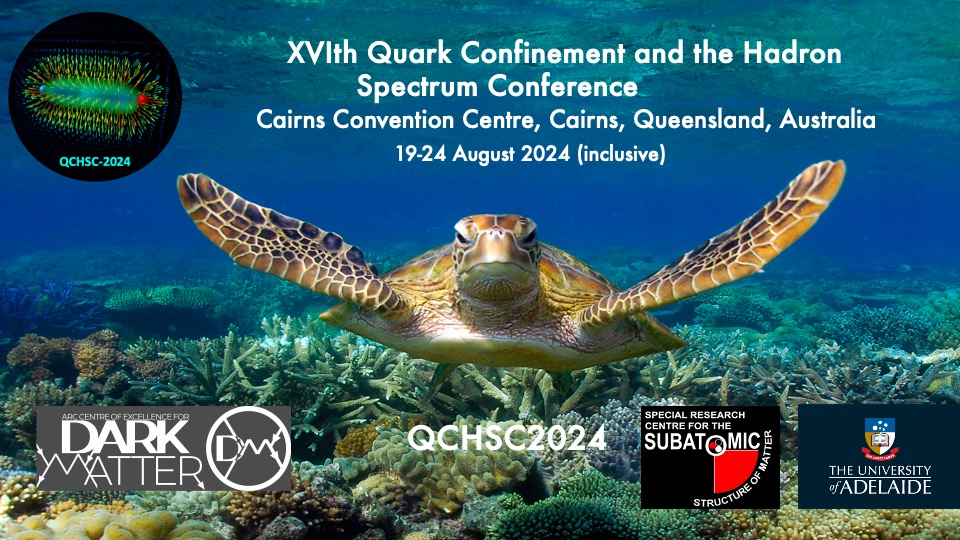Speaker
Description
Due to its phenomenological relevance in heavy-ion collisions, cosmology and astrophysics, the determination of the QCD pressure - either at high temperature or large baryon density - has driven a number of important theoretical advances in perturbative thermal field theory applicable to equilibrium thermodynamics. In particular, the long-standing infrared problems that obstruct the perturbative series have been overcome by a systematic use of dimensionally reduced effective theories at high temperatures, and hard thermal loops at large baryon density. This allows mapping the problem of determining the full next-to-next-to-next-to-leading-order (N3LO) pressure to a challenging four-loop computation in thermal QCD. In this talk, we present advances in organizing this formidable calculation both in the hot Yang-Mills sector and for cold and dense quark matter. By classifying the distinct contributions, we filter out a large fraction of sub-diagrams that exhibit a factorized structure, and push ahead systematic simplifications taking into account linear relations that originate from the graphs' internal symmetries. This will enable us to gauge the grade of difficulty of a full determination of the pressure of QCD at N3LO in two phenomenologically interesting regimes, serving as the first steps toward the automation of large-scale perturbative computations in thermal field theory.

